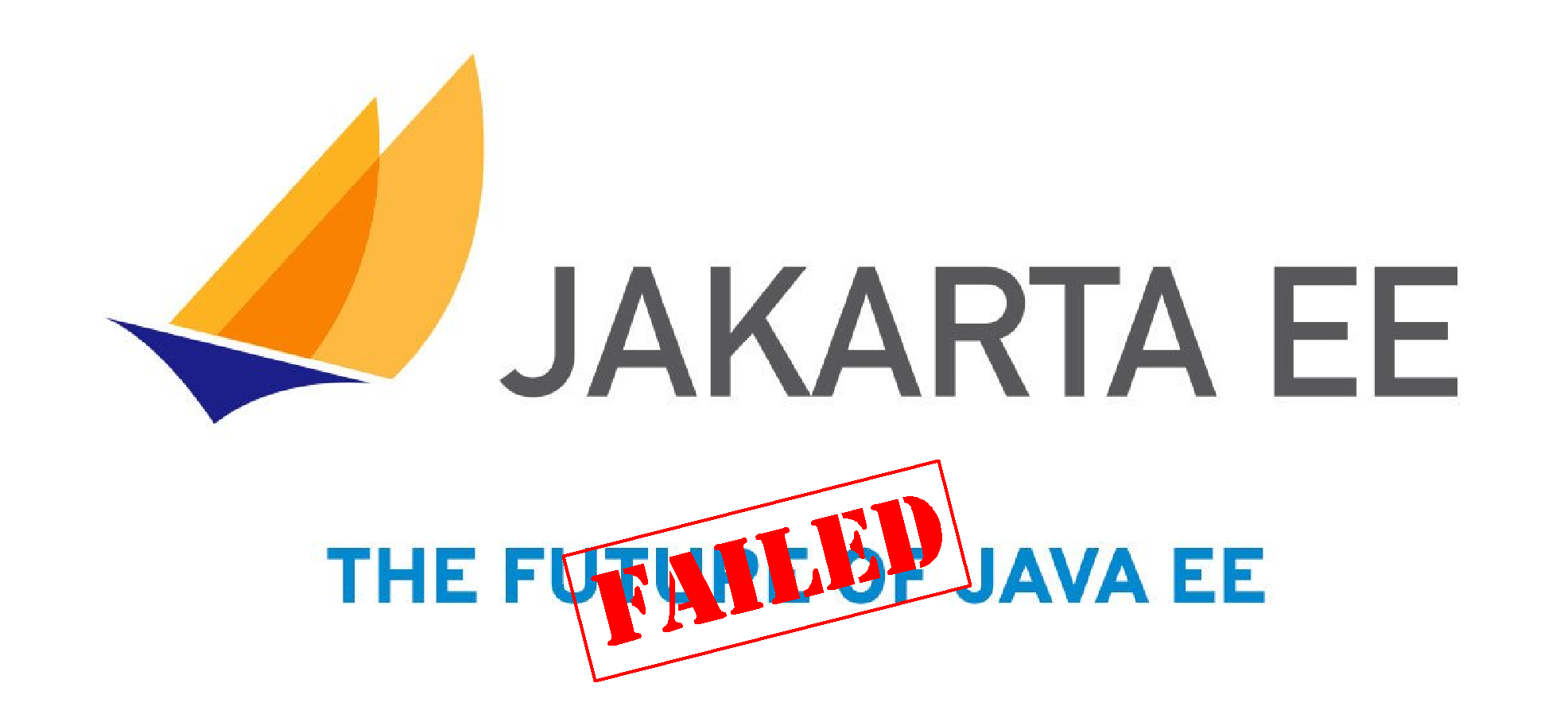Negotiations failed: how Oracle killed Java EE
- Transfer

Today (May 3), Eclipse Foundation President Mike Milinkovic wrote on his blog about the final results of closed trademarks between Oracle and the Eclipse Foundation about the trademark. As we recall, Oracle announced that it was opening the Java EE source code for this organization, so that the framework would be open source “for real.” After 18 months of intense negotiations, all efforts came to an end: the negotiations failed. There will be no trademark agreement.
In simple words, the reason, according to the minutes of the board meeting , is that Oracle has put forward a number of unacceptable conditions. Some of them put the very existence of the Eclipse Foundation at serious risk. Oracle demanded that products distributed by the Eclipse Foundation (such as the Eclipse IDE) be bundled with JRE certified only by Oracle or its licensors- No certificates from other vendors or uncertified runtimes. Therefore, both the IDE and GlassFish would no longer be vendor-independent. And this restriction was not announced at the beginning of negotiations, it was announced much later, when the code transfer has already begun. It can be assumed that this was a reaction to the transfer of the OpenJ9 JVM from IBM, which is a direct threat to Oracle's business. But, as soon as Eclipse products ceased to be vendor-independent, this could lead to the abolition of tax benefits for the Eclipse Foundation, which would mean a financial fiasco and, possibly, would mean the end of the organization as a whole. Therefore, this was not just unacceptable , it was simply impossible to agree with the terms of Oracle, so the negotiations to one degree or another completely failed.
All that remains of this is nothing more and no less than the end of Java EE. Eclipse Foundation may use rather outdated code without modification . If it is modified, then it should be renamed - both the name of the project (like JAX-RS, which is not very cool, but acceptable), and the name of the package (like javax. * ),this means that existing applications will not work on the updated platform without recompiling after intensive refactoring. Consequently, it will be a completely new, incompatible platform, the worst option possible, since not only the “WORA” (Write Once Run Anywhere) principle is violated, but in reality this simply will not happen: after 18 months, almost none of the application vendors will ever want to spend time and money to supply new rebuilt versions to all customers in the name of supporting a renamed platform with a dubious future. The future is unclear because Oracle has already begun a policy to block decisions of the Eclipse Foundation board of directors, in which Oracle has a representative in which unanimousdecision. Oracle has power, and it looks like it will use that power to block the future of the Eclipse Foundation. The company has already demonstrated this on the board of directors, where it unanimously blocked the decision, which otherwise would have been unanimous.
The ongoing response of the Eclipse Foundation is to demonstrate success and save at least some of the values that were advertised as part of the Jakarta brand campaign. But at what cost? Why keep the trademark of what has become an empty skeleton? Now it is no longer the heir to Java EE as a global standard, it’s just some kind of framework made by some organization and users will soon understand it and draw conclusions. Currently, the plans are focused on renaming everything as soon as possible. But who actually jumps on this train if it entails changes in all existing applications? Eclipse's Mike Milinkovic still sees a bright future ahead. For me, the glass is not half full: today it fell apart. This is the day Oracle killed Java EE.
